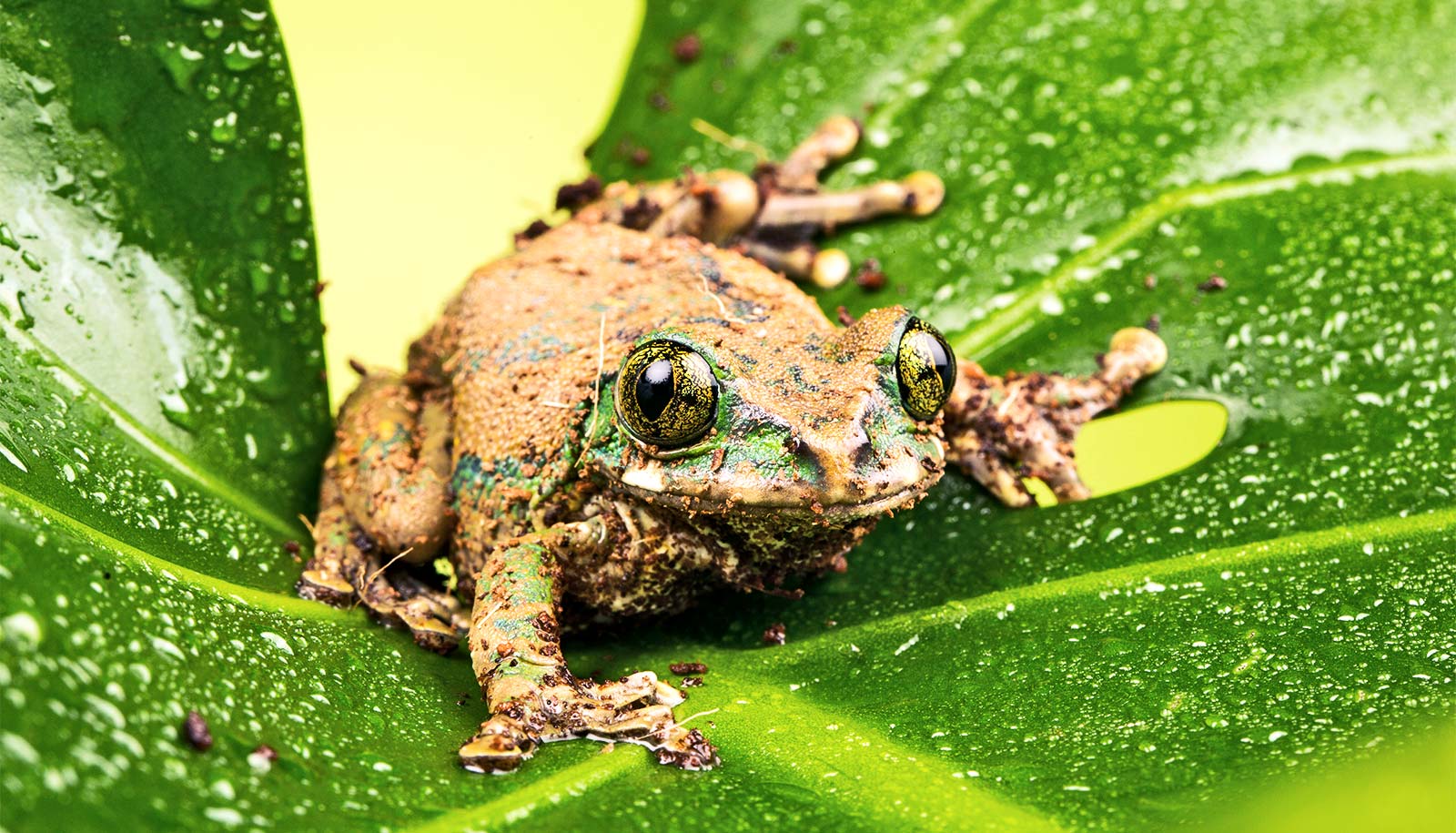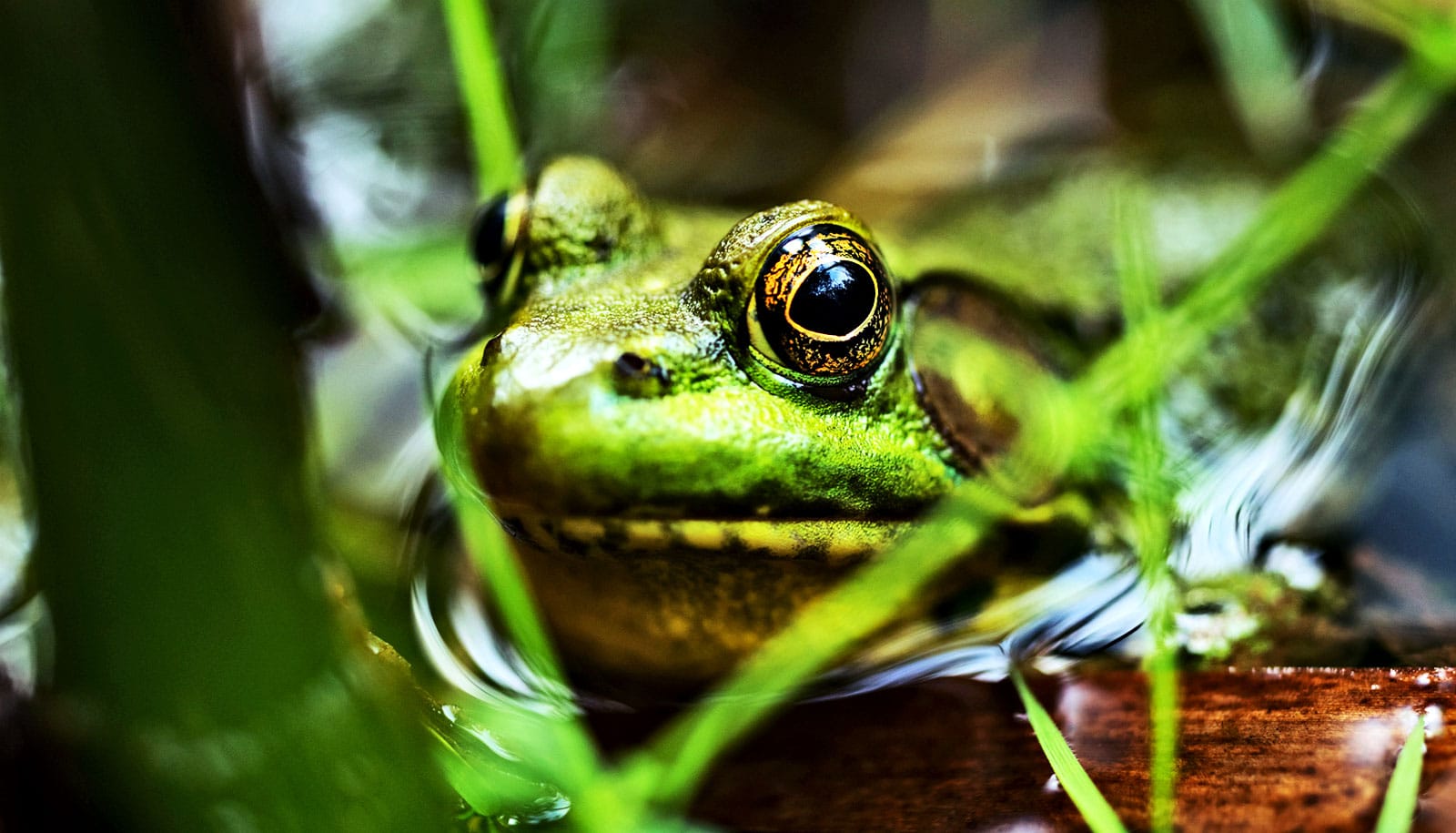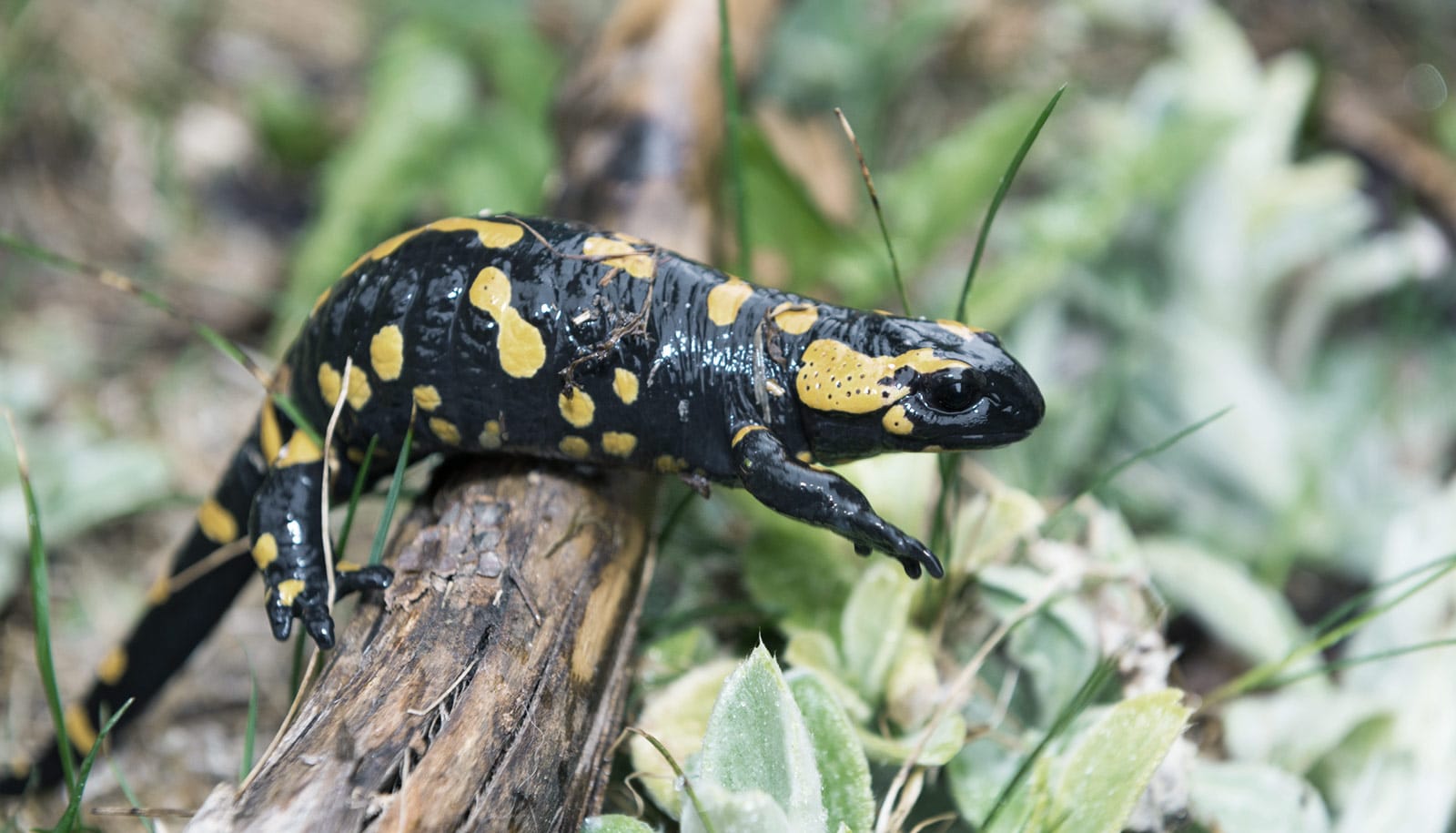An invasive fungus has led to one of the greatest documented losses of vertebrate biodiversity, according to a new global analysis.
In the 1970s, frogs in remote regions of Australia and Central America began to suddenly disappear.
Researchers investigated whether climate change, UV radiation, or pollution caused the disappearance, but they didn’t find a clear explanation until a small team in northern Queensland realized the population declines resembled the pattern of an extraordinary disease outbreak.
In 1998, after combining disease outbreak approaches from human medical science with ecology and veterinary medicine, Lee Berger discovered chytridiomycosis, a previously unknown disease parasitic fungi cause that invades the skin of amphibians.
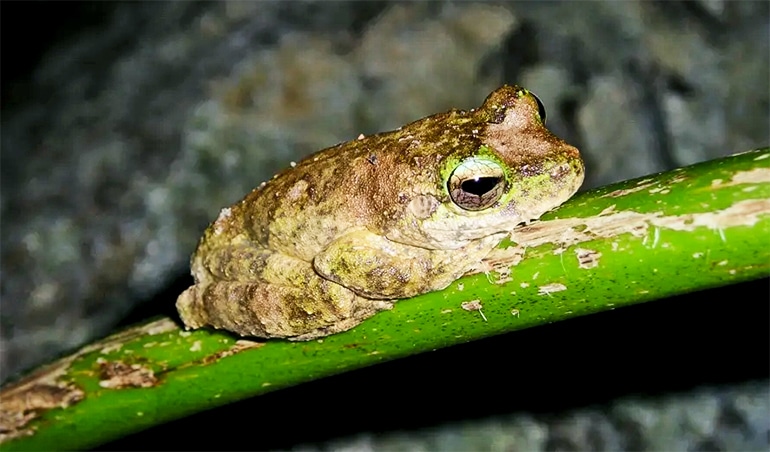
‘Enormous loss’ of diversity
The new study, which appears in Science, shows chytridiomycosis is responsible for the dramatic population declines in 501 species of amphibians, including 90 extinctions—mostly frogs, but also toads and salamanders. In Australia, 40 species have declined and seven have become extinct.
This represents “the greatest recorded loss of biodiversity attributable to a disease,” says lead author Ben Scheele, postdoctoral fellow at the Fenner School of Environment and Society at Australian National University.
“This also places Batrachochytrium dendrobatidis (B. dendrobatidis), the fungus that is the most common cause of chytridiomycosis, among the most destructive invasive species we have ever seen,” Scheele says. “In terms of impact, it is comparable to rodents and cats, which threaten 420 and 430 species with extinction, respectively.”
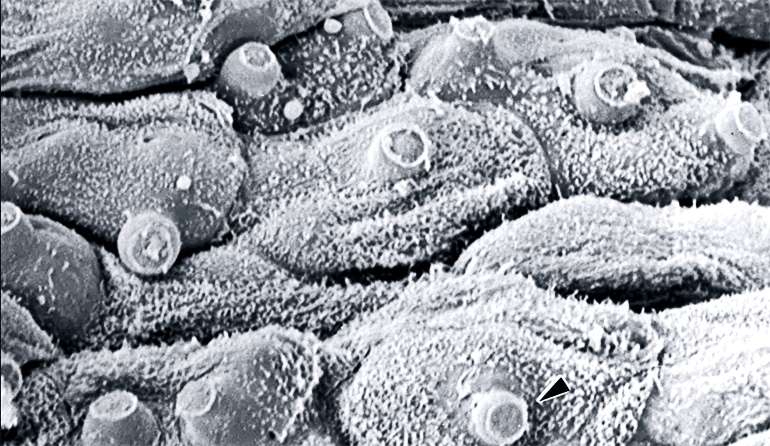
Among the 501 amphibian species which have suffered declines, 90 are confirmed or presumed extinct in the wild and a further 124 have lost more than 90 percent of their population, disappearing from many environments where they were abundant.
“That is an enormous loss of biodiversity, but these are only the species that have been confirmed to be affected—it’s very likely there are others that have suffered loss or become extinct, including species that we never had the opportunity to see,” Scheele says.
Skin invasion
Two parasitic chytrid fungi cause chytridiomycosis, most commonly B. dendrobatidis, with B. salamandrivorans affecting fire salamanders in Europe. B. dendrobatidis is likely native to East Asia, but is now present in more than 60 countries.
When chytridiomycosis shows up in a susceptible amphibian population, its effects are sudden and devastating, says study coauthor Berger, principal research fellow in wildlife health and conservation at the University of Melbourne.
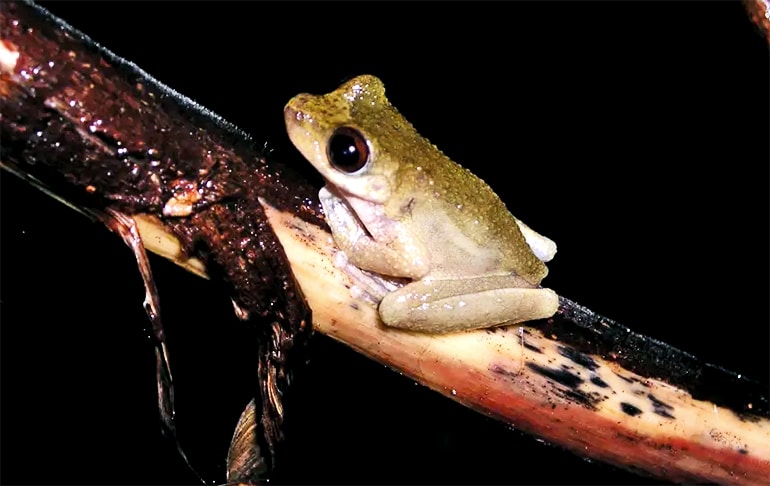
“The fungus invades the skin of adult amphibians, living inside epidermal cells and disrupting skin function,” she says.
“Unlike mammals, amphibians absorb water and electrolytes through their thin, permeable skin, but chytridiomycosis inhibits that process. Frogs lose potassium and sodium until their blood levels are too low and their hearts begin to malfunction. They become lethargic and die.”
Mixed results
Infected frog populations can crash within months of the fungus arriving. Some species may have a genetic resistance to chytrid fungi, but that can present its own problems.
“Frog species that tolerate infection can become ‘reservoirs’ for the fungus, allowing it to persist and spread to new areas,” Berger says.
“For many species, chytridiomycosis is the principal driver of decline, exemplified by rapid mass mortalities in undisturbed environments. In other species, chytridiomycosis acts in concert with habitat loss, altered climatic conditions, and invasive species to exacerbate declines.”
While declines and extinctions of amphibians peaked in the 1980s, chytridiomycosis still threatens new populations and stifles the recovery of those it has affected. Of the 501 species the researchers examined, there are 292 surviving species for which population trends are known; 232 of these have shown no signs of recovery.
Beyond recovery?
There are signs of recovery in 60 of the species Scheele studied, but this generally reflects localized increases in number rather than a return to pre-outbreak abundance, he says.
“We analyzed the data to determine the probability of species returning to previous numbers and found species that experienced more recent or more severe declines, lived at higher elevations, were large or nocturnal. These are less likely to recover.
“Taking those factors into account, we found that if a species had lost more than 90 percent of its previous numbers, the chance of it recovering was less than one in 10.”
To give these frogs, toads, and salamanders the best possible chance of survival and recovery we must limit the further spread of chytridiomycosis and do better to manage other threats, says coauthor Lee Skerratt, associate professor and principal research fellow in wildlife biosecurity at the Melbourne Veterinary School.
“Amphibians are one of the most threatened groups of animals, with 32 percent of all species at risk of extinction,” he says. “Chytridiomycosis is the major threat and many species will disappear unless we develop a targeted sustainable solution. Although other factors could help push them over the edge, chytridiomycosis is the main driver and needs to addressed urgently.”
Unrecognized pathogens
The catastrophic damage chytridiomycosis has done to Earth’s biodiversity illustrates the importance of biosecurity, underpinned by good wildlife health surveillance; outbreak response; and research, he says.
It took more than 15 years for Australia to cobble together enough funds to have Berger, then a PhD student, look at mass amphibian decline and extinction. Skerratt says she made one of Australia’s major discoveries.
“Imagine if we did more than just pass the hat around once a decade. Imagine if Australia had a National Wildlife Health Centre dealing with wildlife disease outbreaks like comparable countries. Maybe we would have saved hundreds of species from decline and extinction,” Skerratt says.
“Unlike other invasive species, diseases of wildlife are insidious and do not tend to garner political attention and support. Hence, there is a dire need for a call to arms and sustained funding to maintain capacity and progress on finding a solution to this biodiversity crisis,” he says.
The unprecedented lethality of a single disease affecting almost an entire vertebrate class highlights the threat from the spread of previously unrecognized pathogens in a globalized world.
“Around 300 million years ago, there was one supercontinent, called Pangaea, and species could move across almost the whole of the world’s landmass without barriers. Global trade has recreated a functional Pangaea for infectious diseases in wildlife, with far reaching impacts on biodiversity, livestock, and human health,” says Skerratt.
“The world urgently needs effective biosecurity and an immediate reduction in wildlife trade to reduce the risk of outbreaks like chytridiomycosis.”
Source: University of Melbourne
